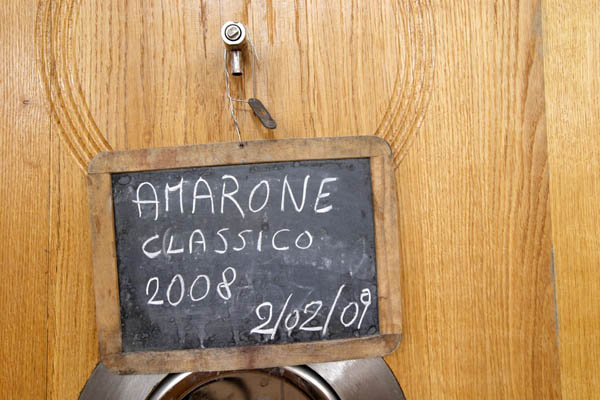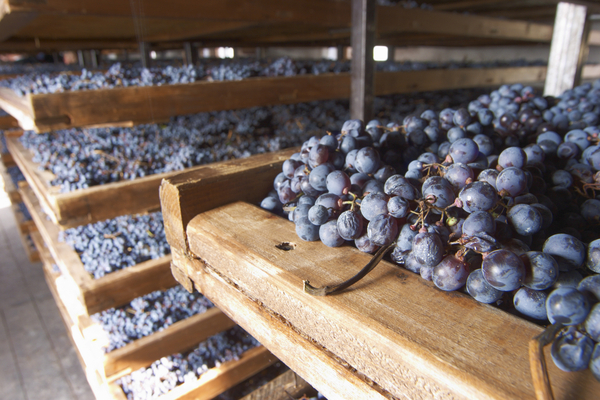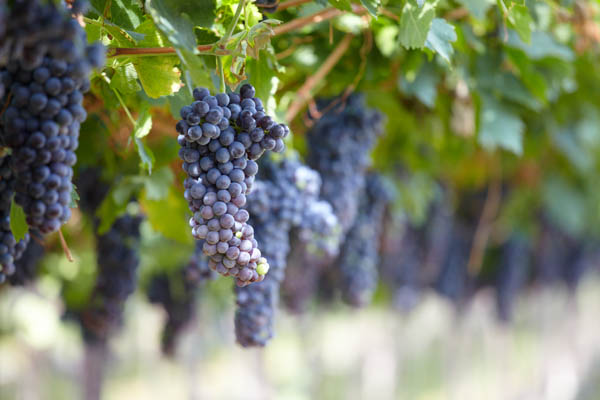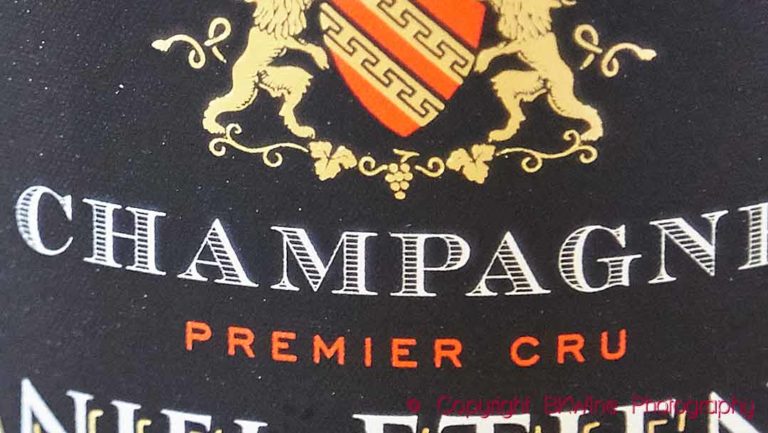Are all the new, low(ish) priced appassimento, ripasso, passito, “baby-amarone” wines a cause for concern?
I received an interesting question on email from someone in the wine business. In short: “You see more and more of ‘cheap amarone’ (or ripasso, appassimento, passito), not least in Sweden at Systembolaget where amarone has become fantastically popular, but not only, also in other countries. What do you think, Per, about this development? Do you see a problem with all these new ‘cheap amarones’”. Interesting question!
Here’s my answer:
I guess it is what could be expected, considering the meteoric rise in popularity of amarones (and similar wines), especially in Scandinavia.
Fundamentally, “classic” or traditional amarones (if there is any such thing) are expensive or very expensive wines. Up until recently it was difficult to find any that cost less than 30 or, stretching it, 20 euros.
There is no other category of wine (except perhaps champagne) where “average” consumers are prepared to pay so much money for a simple bottle of wine. In any other category of wine they typically think anything more than 10 or 12 euro is expensive. But not for amarone.

Why this is the case and why amarone (etc) has become so immensely popular is something I do not quite understand. I have no other answer than that people like heavily extracted, powerful, sometimes sweetish wines with lots of concentrated ripe fruit. Plus that “amarone” is very easy to remember as a name.
But it is still a lot of money, 30 euro or so, and if you, as a wine producer, want to reach a bigger market with your wines you need to have cheaper versions.
So I am not particularly surprised that a lot of producers in Veneto (and even in some other regions and even other countries now!) are churning out lower priced appassimento (or passito or ripasso) wines. No doubt they are of inferior quality than “the real thing”. (For a short time they were called “baby amarones” or “mini-amarone” until the amarone people managed to forbid that.)
Is it “cheating the customer”? I don’t think so. Most consumers would understand that a wine for 12 euro is not of the same quality as one for 30 euro. A bit like that cheap sparkling wines give a bit of the glamour of (the much more expensive) champagne but people realise that it is not quite the same thing. And they pay less for it.

But I don’t really see any problem with it. A wine style has a big success which means that more producers want to make similar wines. And some want to sell to a broader audience, and thus make cheaper wines.
In a way, I could make a parallel with the New World. 30-40 years ago we did not have wines from the New World. It was France, and then Italy, and then not much more (except some niche wines). Then people started making cheap (and sometimes even good) wines in the New World. Was that a problem? Not from the perspective of the wine consumer. Perhaps from the perspective of a wine producer in the “Old World” who now faced more competition. If he was not good at keeping up with this new market, this new competition, then perhaps he struggled to survive. Tough. But for the consumer it was mainly a good thing with more competition. More choice. Better value for money. But of course also more complex, a more difficult choice, more to choose from.
(Or to take an example that may be more of a direct parallel: was it a problem when other regions than Burgundy started to make (cheaper) chardonnays? Perhaps for some Burgundy producers. But not for consumers. For consumers it was a very good thing.)
The situation is similar with “cheap amarone”.
Personally I may not like them, but many people do, so why should they not be produced?
You say this issue gives you a headache. Yes, if you drink too much of those cheap wines then I can see why. ;-) But the fact the “cheap amarone” (passito, ripasso…) is now made and bought and drunk should not give you a headache, I think. I don’t see a problem with it.
Am I wrong? What’s your opinion? Write a comment!
[box type=”info” style=”rounded” border=”full”]
The real amarone is made in Veneto in northern Italy. If you want to taste many exclusive amarones, and other delicious wines from the vineyards of Veneto, then you should come on a wine tour with BKWine.
Travel to the amarone wine region and all the world’s wine country with the experts on wine and the specialist on wine tours.
[/box]











One Response